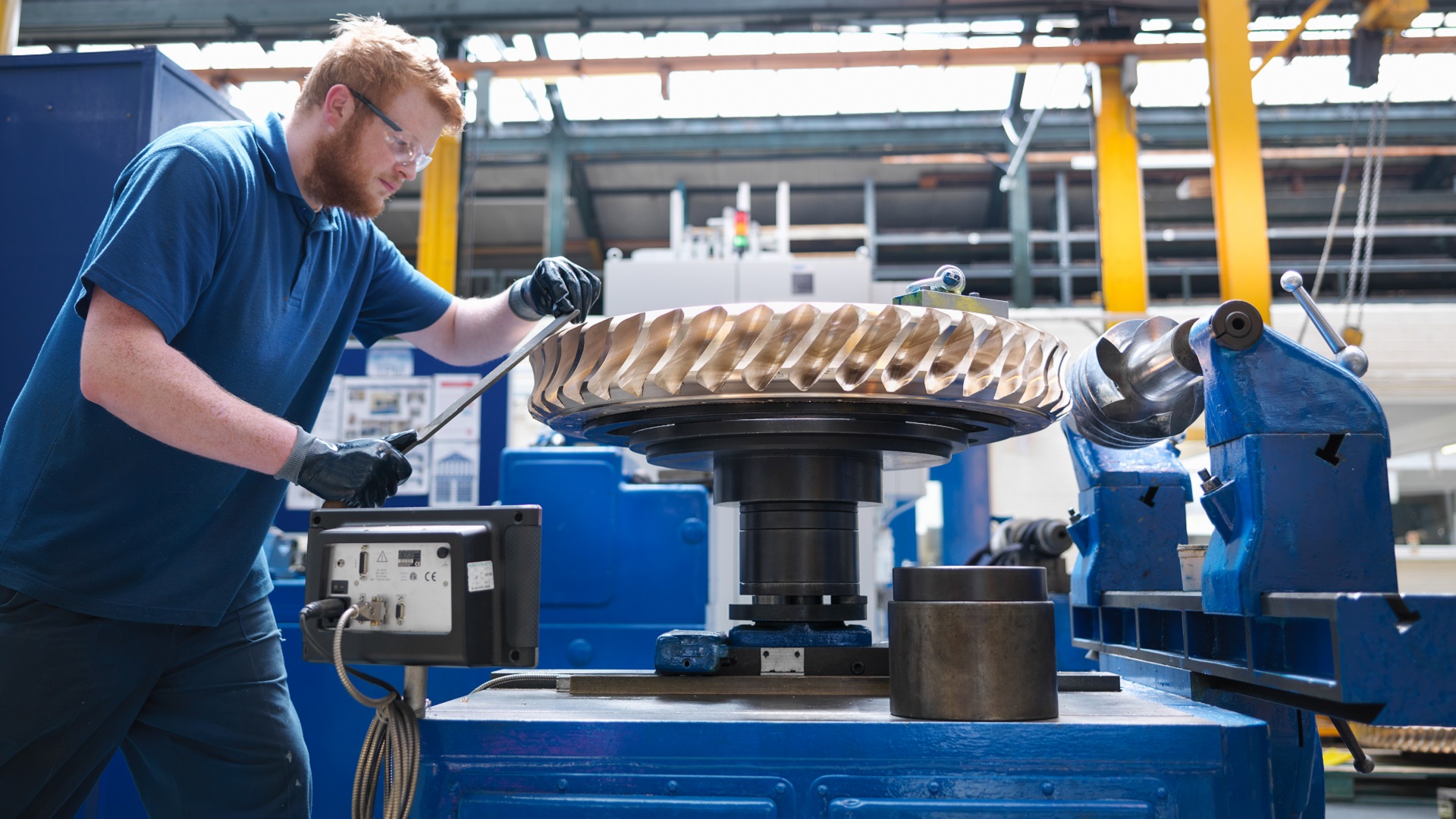With the explosion of Industry 4.0, businesses across all industries are seeking ways to maximize the potential new technology brings to the market. To leverage these technologies, it’s critical that companies anticipate digital transformation trends and pay close attention to changing policies and standards in this rapidly evolving landscape.
Particularly, for manufacturers, remaining competitive will rely on leaders and innovators who focus on investments in digital technologies and cybersecurity protections, collaborate on standards and regulations and prioritize workforce development.
Investment in Digital Technologies
Relying on outdated software to handle the current and future advanced technologies of Industry 4.0 is a monumental mistake, as legacy systems can’t keep up with more advanced AI learning, machine-to-machine and human-to-machine communication, increased cybersecurity demands, IoT and more.
But, deciding on the best use of investment capital for upgrading digital infrastructure can be a daunting task. This leads to many companies over collecting and over-analyzing data that roadblocks the digital transformation from ever getting off the ground. Another common mistake is waiting for the ideal data and technology systems to present themselves before beginning a digital makeover. The wait-and-see approach to Industry 4.0 Digital Transformation will result in falling behind the competition.
Investing in Industry 4.0 technology does not mean making large-scale, high-risk changes overnight. Small and deliberate changes at the right time can position companies for success in the future of advanced manufacturing as well as in other industries. Placing small bets on digital transformation can be the solution to pilot purgatory.
Cybersecurity and Privacy Protections
Diving into Industry 4.0 and the enormous amount of data it generates requires an audit of current cybersecurity protocols. In 2022, over one billion emails were exposed to phishing scams, 236 million businesses suffered ransomware attacks globally and data breaches cost businesses more than $4.35 billion, according to AGG IT’s latest cybercrime statistics.
Protecting private information is an essential aspect of Cybersecurity. Client and employee personal information, financials, future investment strategies and more corporate data are at risk. Continuous cybersecurity training, risk and vulnerability assessments, and ongoing monitoring can help prevent these attacks from being successful.
Collaboration on Standards and Regulations
Planning to compete in an ever-changing global industry landscape is a step in the right direction. Still, industry leaders must know the laws and regulations in the United States and dozens of countries worldwide.
Different nations have different political ideologies, views on labor, rules on using natural resources and climate policies. There are rigid boundaries between states in the U.S. that have different sets of standards and laws businesses must abide by.
With so many government bodies making laws and setting standards, companies within the automation industry may struggle to keep up without adding a massive in-house legal department.
Joining others in industry consortiums and associations allows companies to agree upon standards and lobby governing bodies to enact regulations that will aid in maintaining public technical infrastructure, keep the supply chain running smoothly, and facilitate amicable business relationships with other countries.
As new trends emerge, associations can be ready for those changes by creating common terminology, practices, quality standards and education requirements for high schools and universities to create practical curriculums to support a skilled talent pipeline.
Prioritize Workforce Development
Technology changes require a shift in skills and corporate culture. Investments in progressive training and upskilling programs for employees to adapt to the rapid implementation of Industry 4.0 will create competent employees capable of working with new technologies.
There must be more than a standard training program for all technology areas. While AI, Digital Twins, Edge and Fog Computing, and IoT share crossover areas such as data analytics and physical equipment, some differences require specific training. Companies should implement a framework that must be dynamic enough to adapt to each system or technology. A training program that allows the employees to grow and learn is an attractive benefit, helping to attract top talent.
Moreover, it’s imperative that manufacturing companies work closely with educational institutions at all levels to ensure the appropriate curriculum is being taught to fill the jobs of today and tomorrow.
Read the full Integr8 2024 Playbook Navigating the Future: Global Industry 4.0 Trends, Standards and Policy here.
Sign up today for a free Essential Membership to Automation Alley to keep your finger on the pulse of digital transformation in Michigan and beyond.
Automation Alley is a nonprofit technology business association and Digital Transformation Insight Center focused on driving the growth and success of businesses in Michigan and beyond through innovation and automation. With a global outlook and a regional focus, we foster a vibrant community of innovators, entrepreneurs, and business leaders through opportunities for collaboration and learning. Our programs and services help businesses develop the skills and expertise needed to effectively jumpstart or accelerate digital transformation. By bringing together industry, academia, and government, we aim to create a dynamic ecosystem that drives innovation and growth across Michigan.




